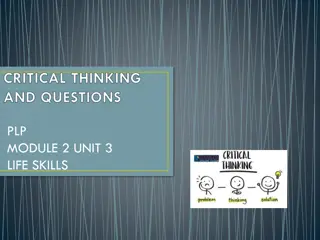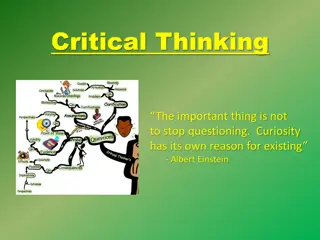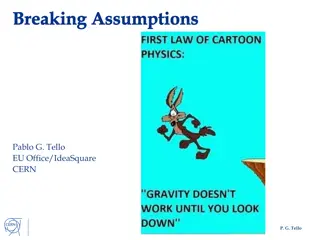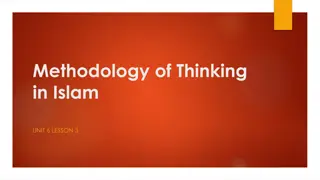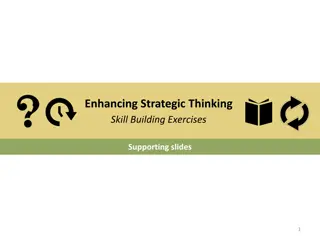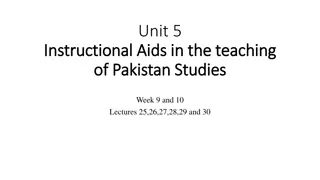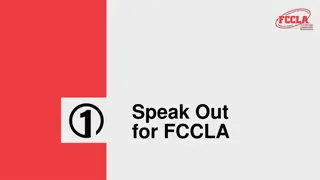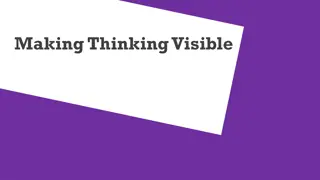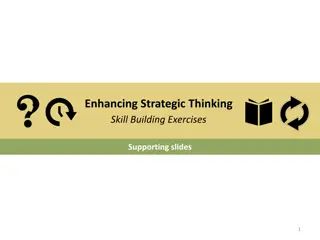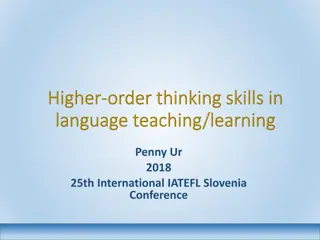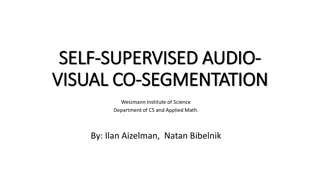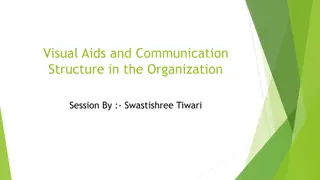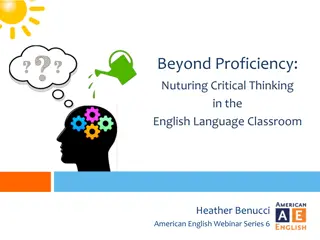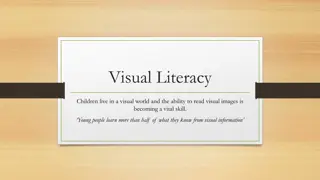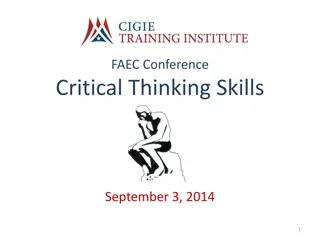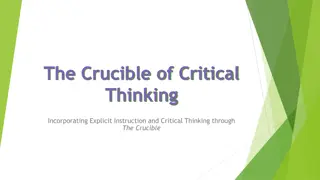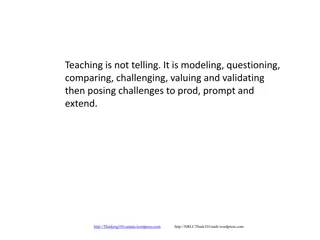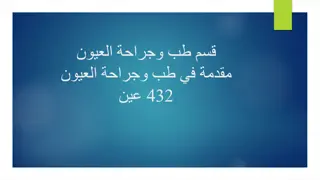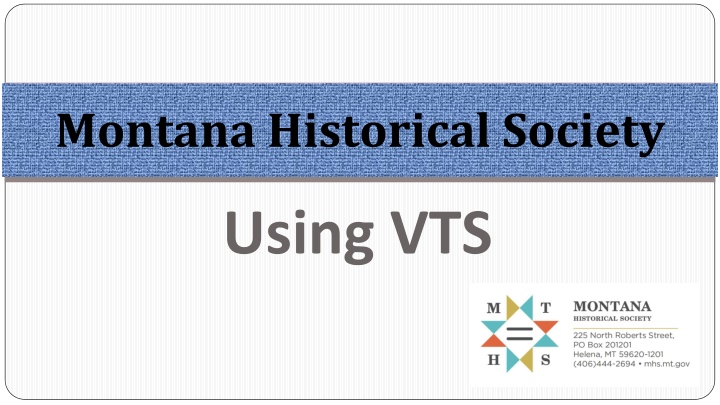
Enhancing Learning Through Visual Thinking Strategies
In the realm of education, Visual Thinking Strategies (VTS) utilize art to foster thinking skills, communication, and visual literacy. By analyzing images, students develop key skills akin to textual comprehension. Listening attentively, asking thoughtful questions, and encouraging diverse viewpoints are pivotal in VTS practices. The method revolves around three fundamental questions: "What's going on here?", "What do you see that makes you say that?", and "What more can you find?". These queries prompt exploration, critical thinking, evidence gathering, and holistic discussions, making the educational experience enriching and engaging.
Download Presentation

Please find below an Image/Link to download the presentation.
The content on the website is provided AS IS for your information and personal use only. It may not be sold, licensed, or shared on other websites without obtaining consent from the author. If you encounter any issues during the download, it is possible that the publisher has removed the file from their server.
You are allowed to download the files provided on this website for personal or commercial use, subject to the condition that they are used lawfully. All files are the property of their respective owners.
The content on the website is provided AS IS for your information and personal use only. It may not be sold, licensed, or shared on other websites without obtaining consent from the author.
E N D
Presentation Transcript
Montana Historical Society Using VTS
Visual Thinking Strategies uses art to Teach Thinking Skills Teach Communication Skills Teach Visual Literacy
Although image analysis activities do not generally require reading (apart from reading bits of text found in an image), the skills required to extract information from visual content are similar to those required to extract information from text. Practicing these key skills using images provides students with a great scaffolding learning opportunity.
Listen carefully to every answer and then acknowledge by paraphrasing Ask the questions provided to initiate discovery Simple Yet Complex Facilitate by linking opinions and by helping students produce a variety of viewpoints Encourage further discussion as it progresses by keeping the process open- ended
VTS Questions What s going on here? What do you see that makes you say that? What more can you find?
Whats going on here? Suggests that the image is about something Encourages the finding of stories Opens the Discussion Allows comments of any sort- addressing color, feelings, information Students are asked simply to think and speak for themselves Phrasing is important
What do you see that makes you say that? Asks student to look more and gather evidence to support their opinion Helps students learn to argue their points by grounding their interpretation Phrasing is important Helps them to become fact based and logical when they express or debate a position Is useful in any critical inquiry
What more can you find? Has the effect of making the conversation more complete Reveals details that might otherwise be missed Encourages the habit of making thorough examinations Ask Frequently
Paraphrasing Indicates that you not only heard, but understand students Underscores that listening to and understanding others is important Ensures that all in the group hear each comment Paraphrasing takes practice Links various ideas creating an outline for the discussion
How will VTS help students? They can apply VTS questioning and response strategies in other situations. The observation, thinking, and communication skills they develop will transfer to other subjects. It will improve writing skills images stimulate interest and ability to write.
Montana Historical Society http://mhs.mt.gov/ Visual Thinking Strategies (VTS) http://www.vtshome.org/ Library of Congress http://www.loc.gov/index.html


